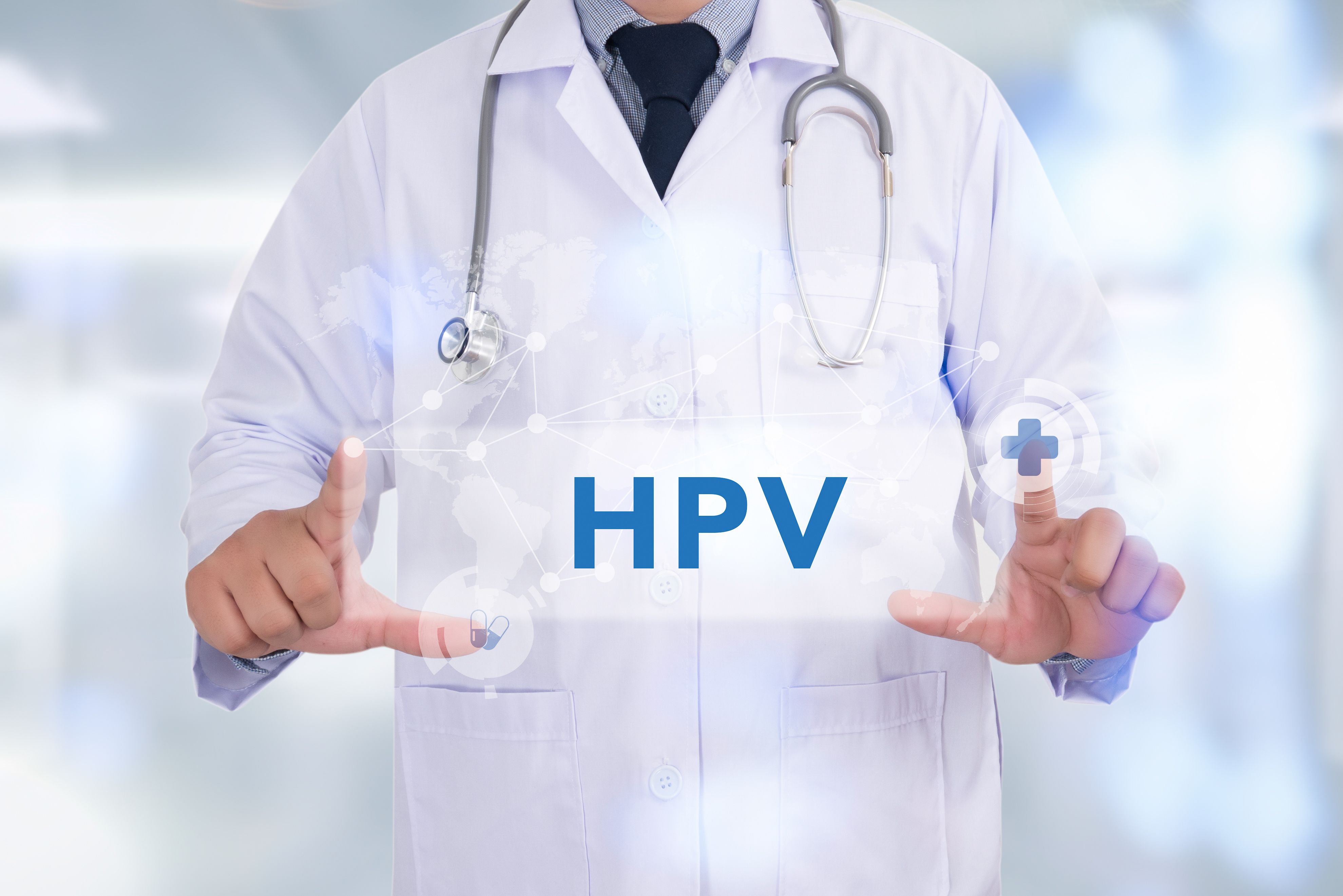Connecting the Dots: How HPV Causes Cancer
How does a virus like HPV develop into a life-threatening disease like cancer? Let’s explore the link between these two conditions.
Table of Contents
From the list of potential viral infections that you could contract, HPV is the most common. In fact, this virus is so easy to catch that some doctors believe it to be as common as the common cold. However, it is not nearly as inconsequential as a cold may be.
You may not have heard of this before, but HPV and cancer go hand-in-hand. While most HPV infections clear on their own, in some cases, the virus lurks on, staying hidden in the body for years. In these cases, HPV can cause harmful cellular changes and lead to the development of cancer.
Let’s explore the connection between different HPV types and cancer, and understand how this seemingly innocuous virus can have serious health implications.
Understanding HPV?
Before delving into how HPV causes cancer, let's start with the basics. HPV is a group of viruses with over 200 known types. These viruses can infect various parts of the body, including the skin and mucous membranes such as the genitals and throat. It is primarily spread through sexual contact.
Most HPV infections go unnoticed and clear on their own within a couple of years. However, certain high-risk types of HPV can persist and lead to the development of cancer.
What cancers does HPV cause?
HPV is strongly associated with the development of genital and anal cancers. High-risk HPV types, such as HPV-16 and HPV-18, are the main culprits behind this. These types can infect the cells lining the genital and anal areas, leading to cellular changes that, over time, can become cancerous. However, this process is usually slow and can take years to decades.
Here are some examples of cancers caused by HPV:
1. Cervical cancer: Virtually all cases of cervical cancers worldwide (>95%) are caused by HPV. This cancer begins in the cervix, which is the lowermost part of the uterus.
2. Vulvar cancer: Commonly presenting as a lump or sore on the vulva, around 70% of vulvar cancers are caused by HPV.
3. Vaginal cancer: Another rare form of cancer, around 75% of vaginal cancers are caused by HPV.
4. Anal cancer: More than 90% of anal cancer cases are attributed to HPV. Occurring in the anal canal, this cancer is almost twice as common in women as it is in men.
5. Penile cancer: Most cases (>60%) of this rare cancer are caused by HPV. It affects the tissues of the penis and may require surgery as the primary treatment option.
6. Throat and mouth cancers: HPV infection is also linked to cancers of the oropharynx (the middle part of the throat) and the mouth. These cancers can develop in the tonsils, base of the tongue, and other areas. It's believed that the virus can be transmitted through oral sex, leading to infection in these regions.
Prevention and Vaccination
The interconnectedness between HPV and cervical cancer is well documented, and may have serious implications for public health. The good news is that HPV infection can be prevented through vaccination. Research has demonstrated that HPV vaccination has an efficacy of up to 98%. The HPV vaccine is highly recommended for both boys and girls. Although it is typically administered in adolescence, it can also be taken later in life. It can not only protect against HPV and cervical cancer, it also significantly reduces the risk of other HPV-related cancers in the future.
HPV's connection to cancer underscores the importance of prevention and early detection. HPV vaccination, regular screenings and safe sexual practices are essential tools in reducing the risk of HPV-related cancers. By understanding how HPV causes cancer, we can take proactive steps to protect our health and the health of future generations.
Disclaimer: HPV - Human Papillomavirus. This information is intended for awareness purposes only and should not be considered a substitute for professional medical advice. Please consult your doctor.
IN-GSL-00743 - 11/1/2024 - 10/11/2025


